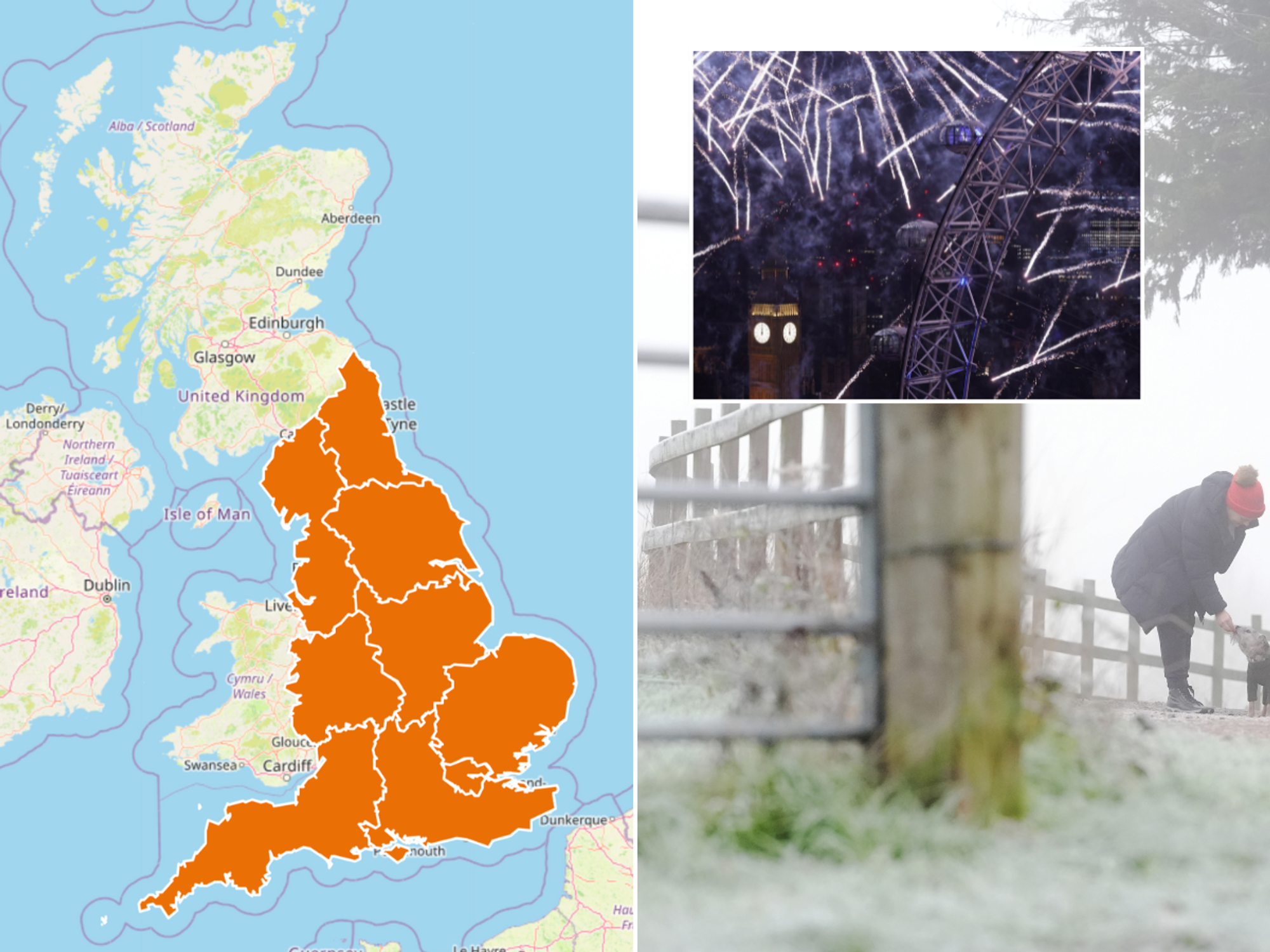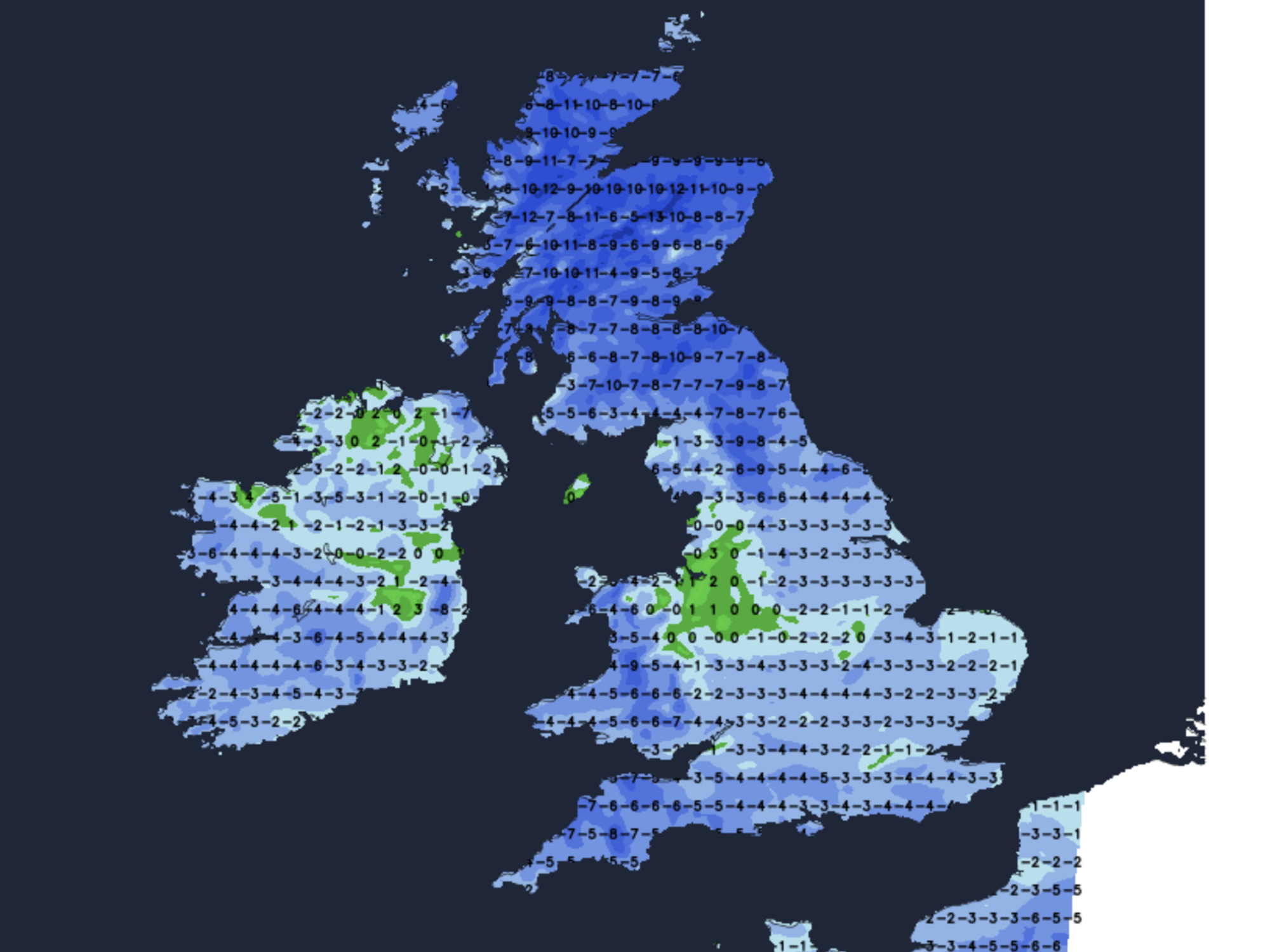Archaeology breakthrough: Secret chamber discovered at base of Great Pyramid of Giza – and experts are stumped
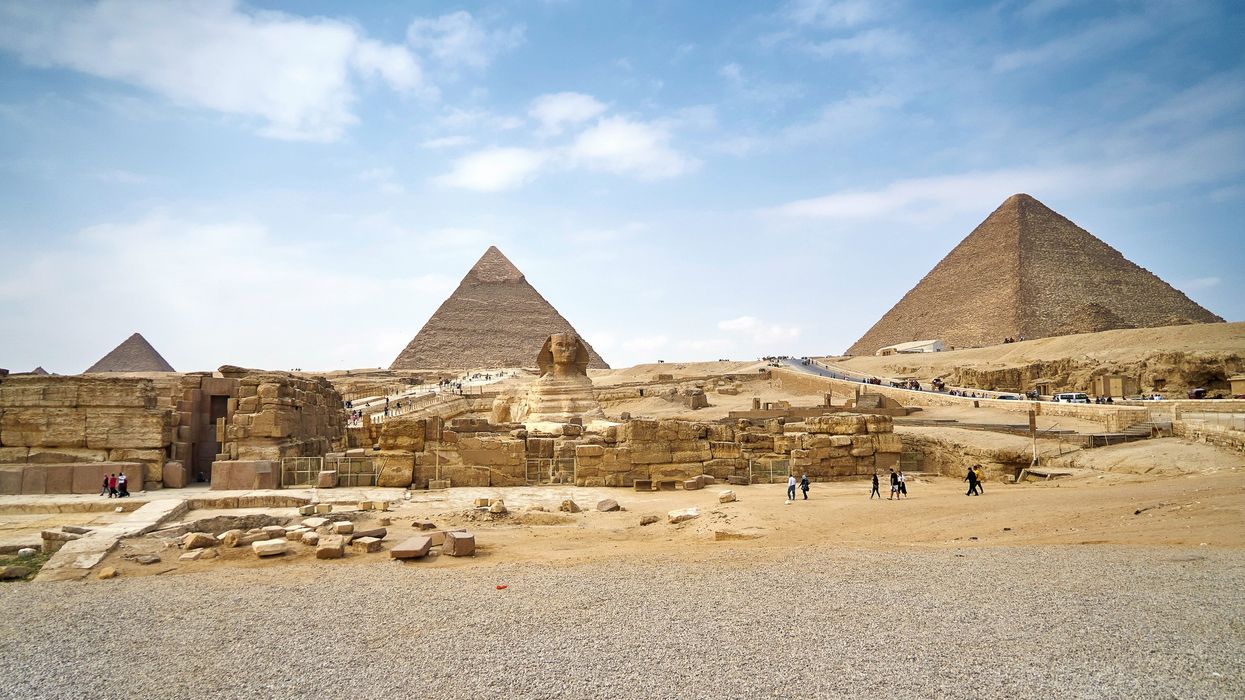
The Pyramids in Giza | Getty

Researchers don't know what, if anything, is in the deeper structure
Don't Miss
Most Read
A secret structure hidden under one of the Great Wonders of the World has left archaeologists baffled.
An 'L-shaped' structure has been discovered hidden beneath the sands of the Western Cemetery in Giza, Egypt.
The site holds hundreds of rectangular tombs called mastabas that line the base of Giza's Great Pyramid. Each belong to elite citizens and relatives of the Ancient Egyptian king Khufu, who ruled around 4,500 years ago.
However, there is a strange flat, sandy surface on one end of the site. A few feet below the surface lies what appears to be an L-shaped structure with another, larger structure connected to the first below that.
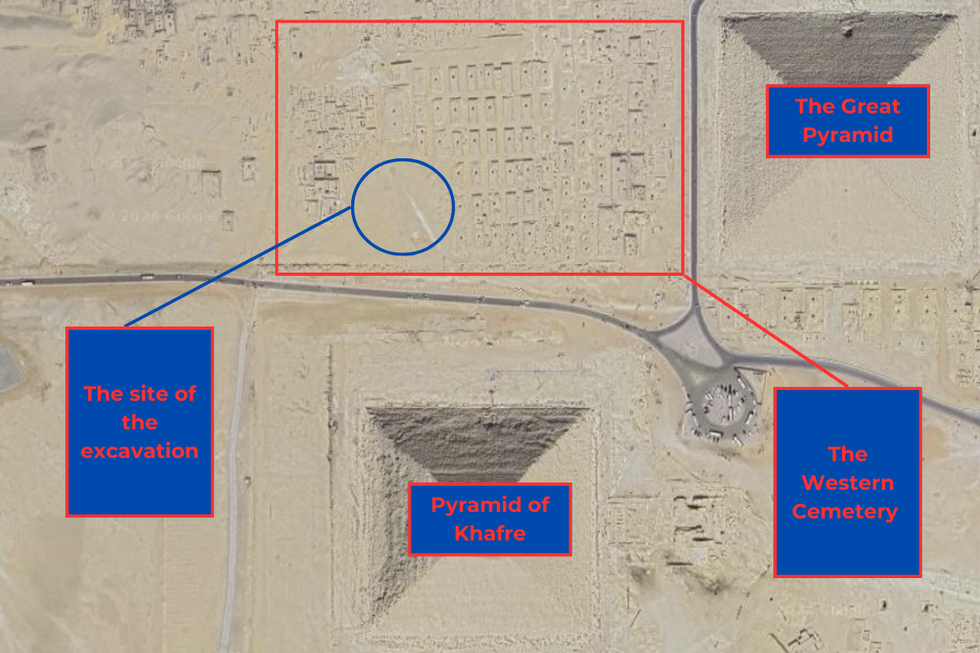
The site of the excavation
|Google Maps
Researchers from Higashi Nippon International University, Tohoku University, and the National Research Institute of Astronomy and Geophysics in Egypt used ground-penetrating radar (GPR) and electrical resistivity tomography (ERT) to analyse the site.
Combining GPR, ERT, and satellite data, the researchers discovered an L-shaped structure measuring roughly 32 by 50 feet buried 1.6 feet to 6.5 feet under the sand.
They also found evidence of a 1,000-square-foot structure about 11.5 feet to 33 feet below ground, deeper than the L-shaped anomaly.
They concluded that the 'L-shaped' structure contains corners are "too sharp" to be naturally occurring.
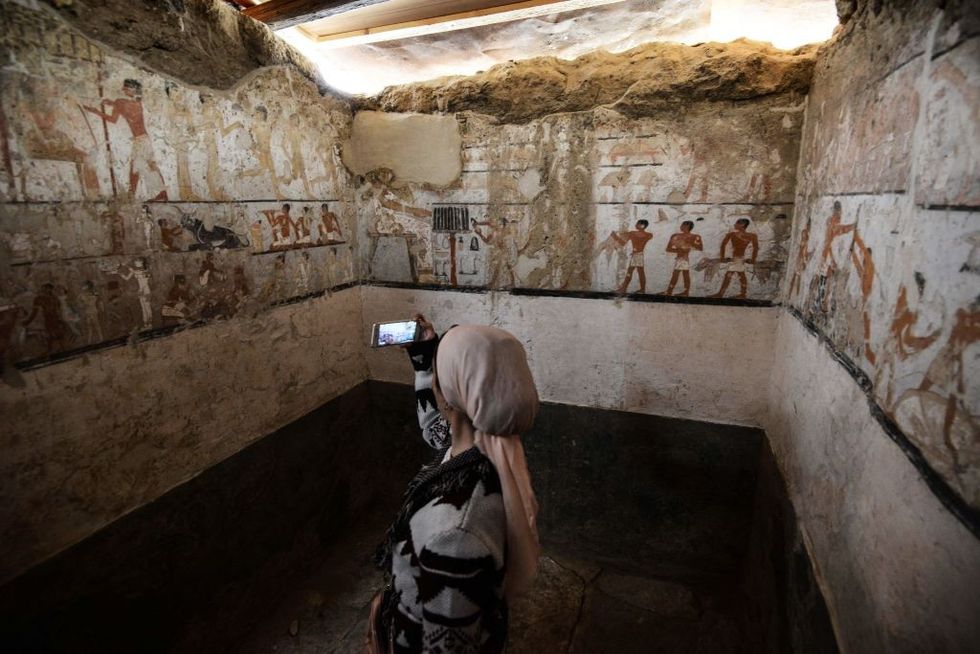
A tomb of an Old Kingdom priestess adorned with well-preserved and rare wall paintings on the Giza plateau
|Getty
One theory is that the shallower L-shaped structure may have served as a kind of passageway to a lower tomb, according to the researchers.
The shallower of the two structures is filled with sand, which could give a clue as to its purpose as an entrance chamber.
Ancient Egyptians would often fill up entrances to tombs in order to keep out the living.
However, other mysteries remain. Researchers don't know what, if anything, is in the deeper structure. It could be filled with sand or totally empty.
LATEST DEVELOPMENTS
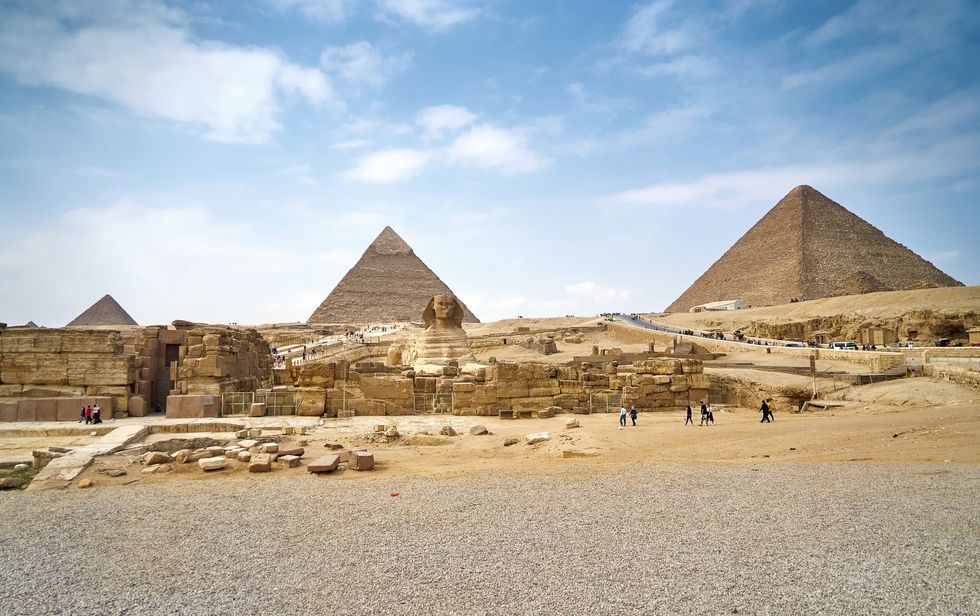
The Pyramids in Giza
|Getty
In the peer-reviewed journal Archaeological Prospection, researchers said: "We conducted GPR and ERT surveys at the Western Cemetery, Giza, Egypt. We believe we identified an L-shaped structure of about 10 m × 15 m at a depth of 0.5–2 m, filled with homogeneous sand, which probably means a void was filled with sand after construction.
"At the same location, but at the deeper depth, ERT shows a highly resistive anomaly, which may be a highly resistive material such as sand, or a void. This anomaly extends to 3.5–10 m in depth and over a horizontal area of 10 m by 10 m.
"We believe that the continuity of the shallow structure and the deep large structure is important.
"From the survey results, we cannot determine the material causing the anomaly, but it may be a large subsurface archaeological structure."









